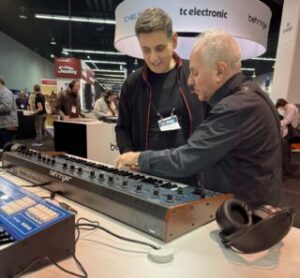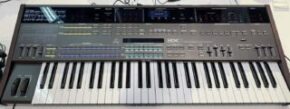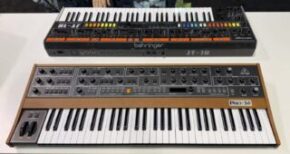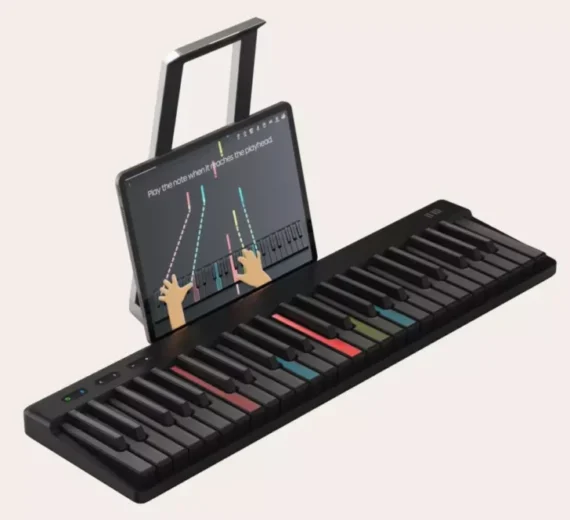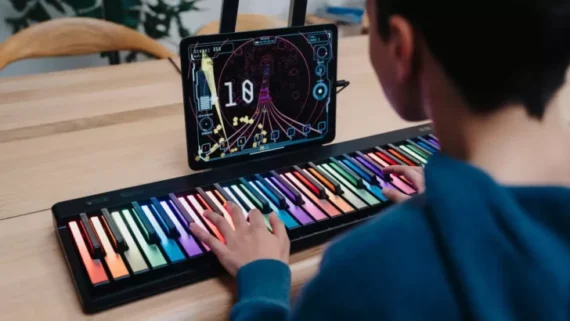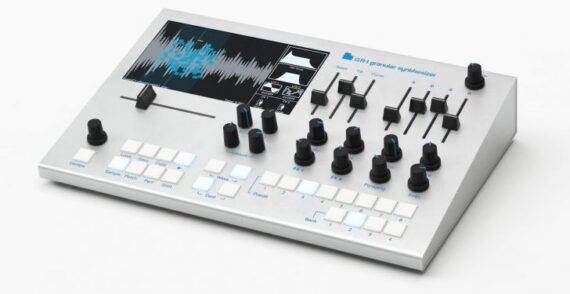Behringer Showcases Plans To Co-Opt Yamaha, Roland, Sequential Legacies At 2025 NAMM Show

At the 2025 NAMM Show, held Jan 21–25 in Anaheim, CA, Behringer is back, after a 10 year absence, and showcasing their plans to co-opt the legacies of Yamaha, Roland, Sequential and other synth makers.
Behringer is exhibiting as part of the Music Tribe booth, along with TC Electronic and other companies under the same corporate umbrella. The NAMM Show is designed to provide an annual event for music retailers to connect with manufacturers. Music Tribe is participating as part of a new strategy to expand their distribution in the US beyond a few ‘super partners’, like Amazon and Sweetwater.
For many years, Behringer rejected the idea that their products ‘knock off’ or otherwise copy competitors products, going so far as using lawsuits to stifle discussion of their business practices.
In recent years, though, Behringer has openly discussed their focus on ‘copycat’ products, describing this as a ‘Market Follower’ strategy:
Market Follower: A market follower seeks to gain market share but is less interested in differentiating its brand from the market leader.
Instead, the market follower effectively rides on the market leader’s coattails, while positioning its brand just far enough away from the market leader to be different. A great example is any young adult novel that’s marketed as “the next Harry Potter.”
At NAMM, Behringer highlighting this strategy, featuring recently introduced copies of classic gear from other companies, and previewing three new synths that copy some of the most iconic synths ever made.
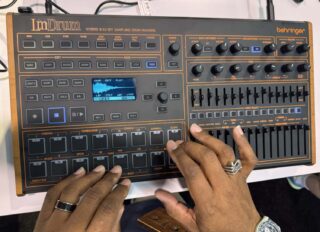

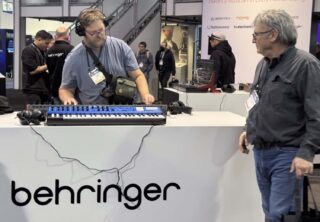

In their booth, Behringer is featuring several recent introductions, including:
- The LmDrum drum machine, based on the LinnDrum;
- The Behringer Wave synthesizer, based on the PPG Wave; and
- A Behringer Eurorack system, based on the early Moog modular systems.
The highlight of Behringer’s NAMM display, though, is a preview of three upcoming synths:
These synths include:
- The Behringer BX-1, which copies the Yamaha DX-1;
- The Behringer Pro-16, which copies the Sequential Prophet-5/10; and
- The Behringer JT-16, which copies the Roland Jupiter-8.
Each of these synths could be described as a ‘flagship knockoff’, because they have the key characteristics of knockoffs (products designed and marketed as inexpensive copies of a competitor’s product), but they also expand on the original’s capabilities and are likely to be priced in the $1,200-1,500 price range, which many would consider ‘flagship’ territory.
In addition to these synths, Behringer has previously announced several synths that fall into this ‘flagship knockoff’ category:
- The Behringer UB-Xa, which copies the Oberheim OB-X;
- The Behringer BS-80, which copies the Yamaha CS-80; and
- The Behringer VCS3, which copies the EMS VCS3.
Once these instruments are available, musicians will be able to buy a complete collection of classic synth copies for less than the cost of a single vintage original.
The new synths are still in development. We’ll share official details as they are available.
